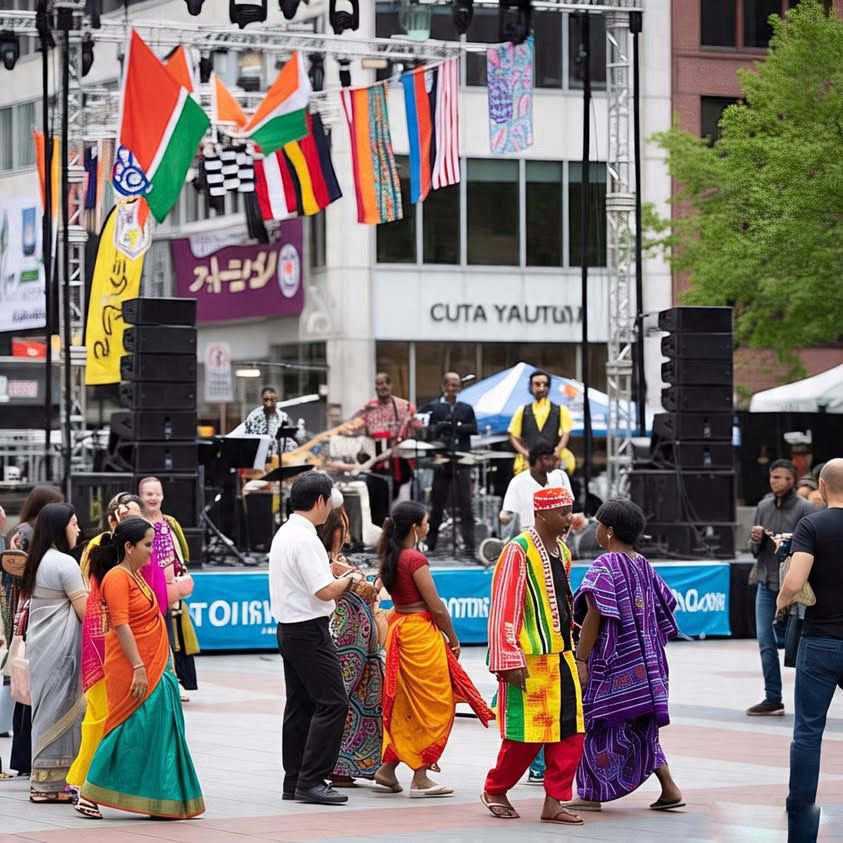Explore real-world examples and insights on why cultural differences matter today. Walking through the bustling streets of my neighborhood last weekend, I found myself surrounded by a symphony of languages, aromas from different cuisines, and people dressed in ways that told stories of distant lands. This moment struck me as a perfect example of what sociologists call cultural diversity and honestly, it made me realize how much we take this incredible human tapestry for granted.
What Sociology Teaches Us About Cultural Differences

From a sociological perspective, cultural diversity represents far more than just different foods or festivals. It encompasses the entire spectrum of human beliefs, values, practices, and social norms that shape how communities understand and interact with the world around them. When I first studied sociology in college, my professor used to say that culture is like water to fish we swim in it constantly but rarely notice its presence until we encounter something different.
The beauty of examining cultural diversity through a sociological lens lies in how it reveals the intricate ways societies construct meaning. Each culture develops its own unique solutions to universal human challenges: how to raise children, how to organize work, how to celebrate milestones, and how to make sense of life and death. These cultural patterns are not random but deeply interconnected systems that reflect historical experiences, environmental conditions, and social structures.
How Different Cultures Shape Our Understanding of Reality
I remember visiting a friend’s family during Diwali celebrations several years ago. What fascinated me was not just the beautiful lights and delicious food, but how the entire concept of time seemed different. The celebration stretched over days, with different rituals marking various aspects of renewal and prosperity. This experience taught me something profound about how culture shapes our perception of even the most basic concepts like time, success, and community.
Sociological research consistently shows that cultural diversity influences everything from communication styles to problem-solving approaches. Some cultures prioritize individual achievement, while others emphasize collective harmony. Some view direct confrontation as honest and necessary, while others see it as disrespectful and counterproductive. These differences are not merely surface variations but reflect deeply held worldviews that have evolved over generations.
The Complex Reality of Cultural Integration in Modern Society
Living in our interconnected world means we constantly navigate between different cultural frameworks, often without realizing it. Social media has amplified this phenomenon, creating spaces where cultural boundaries blur and new hybrid forms emerge. Yet this cultural mixing is not always smooth or unproblematic.
Have you ever noticed how certain cultural practices seem to translate easily across communities while others remain stubbornly resistant to change? This observation points to something sociologists call cultural core versus periphery. Some aspects of culture like language patterns or religious beliefs tend to be more resistant to change, while others like fashion or entertainment preferences adapt more readily to new influences.
The workplace provides another fascinating laboratory for observing cultural diversity in action. I have worked with colleagues from dozens of different cultural backgrounds, and each interaction teaches me something new about communication styles, hierarchy expectations, and collaborative approaches.
Why Understanding Cultural Diversity Benefits Everyone
Sociological studies demonstrate that exposure to cultural diversity enhances cognitive flexibility and creative problem-solving abilities. When we encounter different ways of thinking and being, our brains literally rewire themselves to accommodate new possibilities. This neuroplasticity suggests that cultural diversity is not just socially beneficial but cognitively enriching as well.
The economic benefits of cultural diversity are equally compelling. Companies with culturally diverse teams consistently outperform homogeneous groups in innovation and market adaptability. This advantage stems from the varied perspectives and experiences that different cultural backgrounds bring to complex challenges.
Moving Forward: Embracing Cultural Complexity
Understanding cultural diversity from a sociological perspective requires us to move beyond simple celebration of differences toward deeper appreciation of how culture shapes human experience. This means recognizing that cultural practices that seem strange or inefficient to us might serve important social functions within their original contexts.
The key lies in developing what sociologists call cultural competence the ability to interact effectively across cultural boundaries while respecting the integrity of different cultural systems. This skill becomes increasingly vital as our communities become more diverse and our global connections deepen.
Reference
Berry, J. W. (2017). Theories and models of acculturation. In Oxford Research Encyclopedia of Psychology. Oxford University Press. https://doi.org/10.1093/acrefore/9780190236557.013.29
Hofstede, G., & Hofstede, G. J. (2005). Cultures and organizations: Software of the mind (2nd ed.). McGraw-Hill Education.
Putnam, R. D. (2007). E pluribus unum: Diversity and community in the twenty-first century. Scandinavian Political Studies, 30(2), 137–174. https://doi.org/10.1111/j.1467-9477.2007.00176.x

